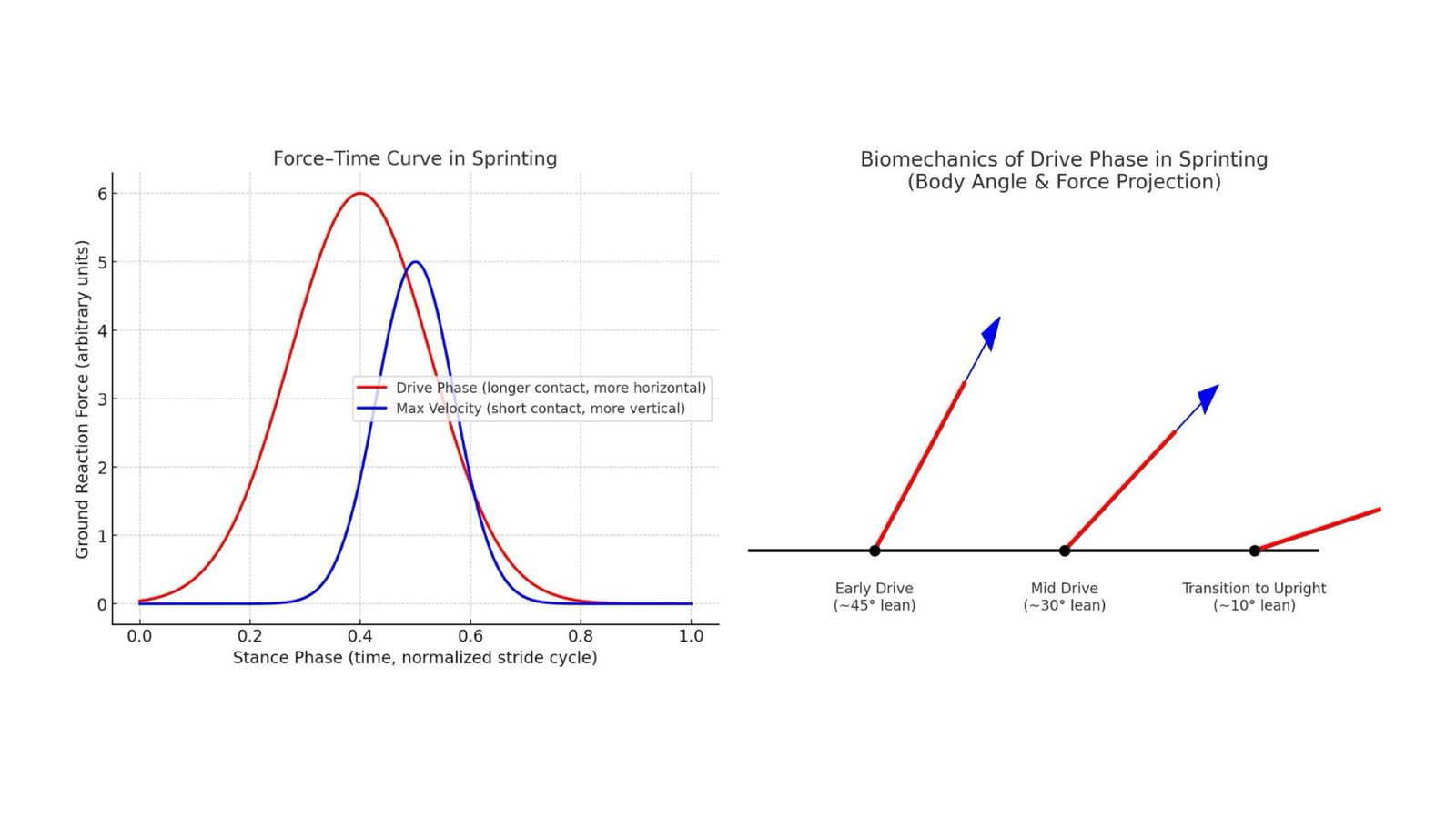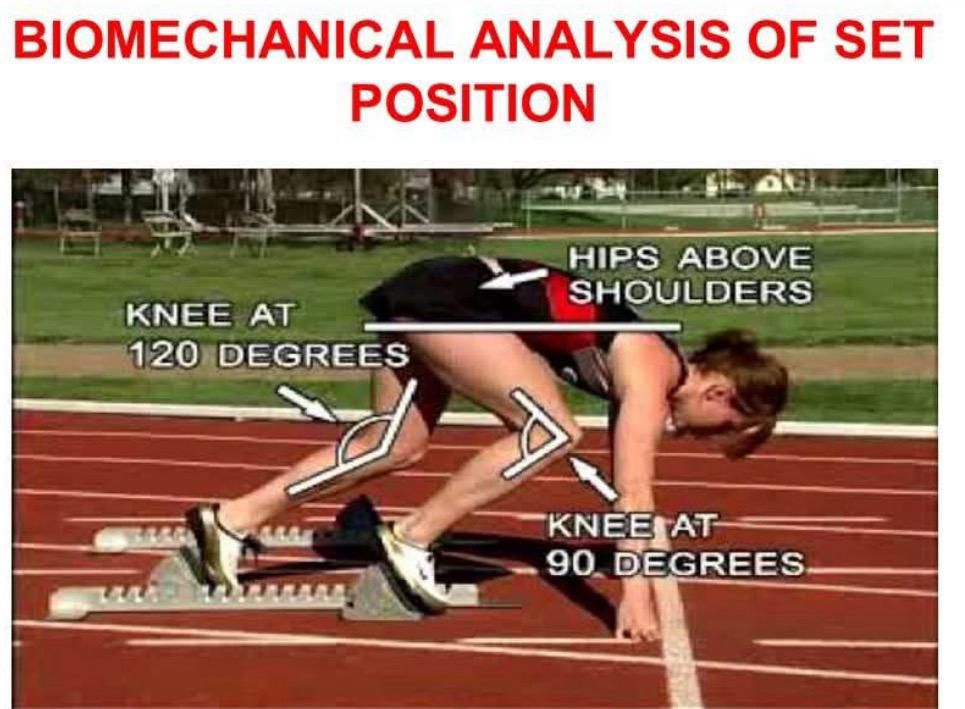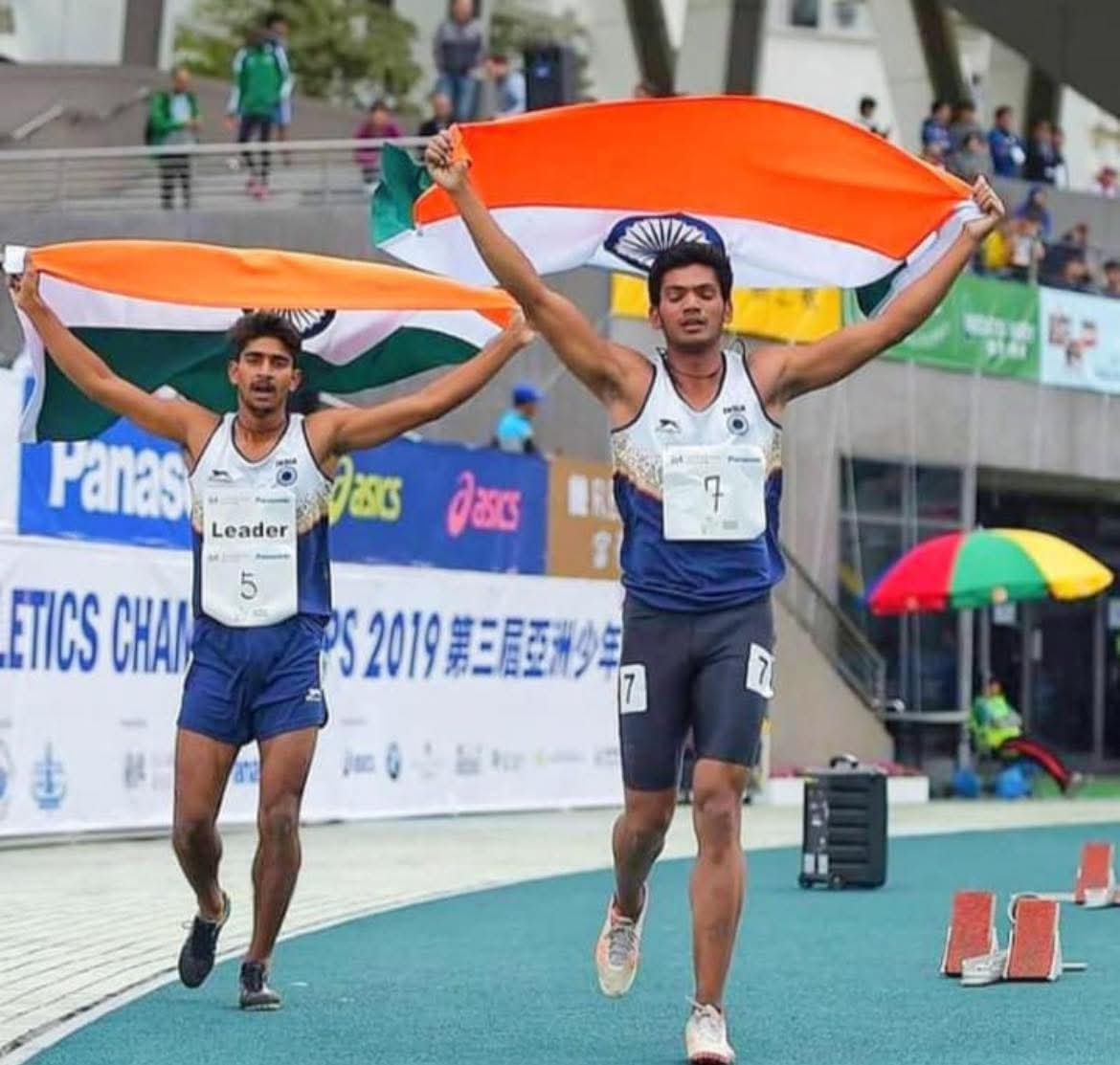Developing Strength in Athletics - A Complete Coaching Guide by Dr. C Ajithkumar
Strength is the foundation for success in all athletics events, from explosive sprints to endurance races. This guide explains when to start strength training, the four main types of strength every athlete needs, and how to apply them to specific events -- in a clear, coach-friendly format.
1. Why Strength Matters
Strength is the ability of muscles to exert force -- and it underpins every athletics event.
- Explosive events (sprints, hurdles, jumps, throws): strength is the engine for power and speed.
- Endurance events (middle- & long-distance): strength improves running efficiency, posture, and injury resistance.
- The type of strength needed changes depending on the event.
2. When to Start
- Ages 8-11: Focus on technique. Teach correct lifting patterns with light loads (broomstick, medicine ball, bodyweight). This is the skill acquisition window.
- Puberty onwards: Introduce progressive resistance training to develop real force output.
- Priority: Safe mechanics first, heavy lifting second.
3. Four Key Strength Types in Athletics
(1) Maximum Strength
- Definition: Highest force a muscle can produce in one maximal effort.
- Role: Base for all other strength qualities.
- Events needing most: Throws, jumps, sprints, pole vault.
- Training: Heavy compound lifts (squat, deadlift, bench press) with perfect form.
- Note: Don't turn athletes into powerlifters -- max strength is a tool, not the final goal.
(2) Power
- Formula: Strength × Speed.
- Role: Determines how quickly force is applied -- crucial for starts, take-offs, hurdle clearances, and throw releases.
- Progression: Build max strength first, then convert to power via Olympic lifts, medicine ball throws, and plyometrics.
- Relevance: High for sprints, hurdles, jumps, throws, and even useful for the finishing kick in endurance races.
(3) Reactive Strength
- Definition: Ability to rapidly switch from eccentric (stretch) to concentric (shorten) muscle action -- using stored elastic energy (stretch-shortening cycle).
- Examples: Quick ground contacts in sprinting, bounding over hurdles, long jump take-off.
- Training: Depth jumps, drop jumps to sprints, fast hurdle hops.
- Key: Cannot be improved just by lifting heavy -- needs specific plyometric drills.
(4) Strength Endurance
- Definition: Ability to maintain force output over repeated efforts without loss of form.
- Events: 400m, 800m, 1500m, long hurdles, decathlon/heptathlon.
- Example: Clearing all 10 hurdles with top form in a 110m race.
- Training: Circuit work, sled pushes, resistance runs, repeated bounding, medicine ball circuits.
4. Event-Specific Strength Needs
| Event Type | Max Strength | Power | Reactive Strength | Strength Endurance |
|---|---|---|---|---|
| Marathon | Low | Low | Low | Very High |
| 5000m-10000m | Low | Low-Med | Low-Med | High |
| 1500m | Low-Med | Med | Med | High |
| 800m | Med | Med-High | Med | High |
| 400m / 400mH | Med | High | High | High |
| 100m / 200m / 110mH | High | Very High | Very High | Low-Med |
| Long Jump / Triple Jump | High | Very High | Very High | Low |
| High Jump / Pole Vault | High | Very High | Very High | Low |
| Shot / Discus / Hammer / Javelin | Very High | Very High | Med | Low |
5. Practical Coaching Sequence
- Skill Foundation (youth): Teach movement quality.
- Build Max Strength (late teens): Use compound lifts with safe load progression.
- Convert to Power & Reactive Strength: Use Olympic lifts, plyometrics, sprint drills.
- Add Strength Endurance: Match event-specific demands.




